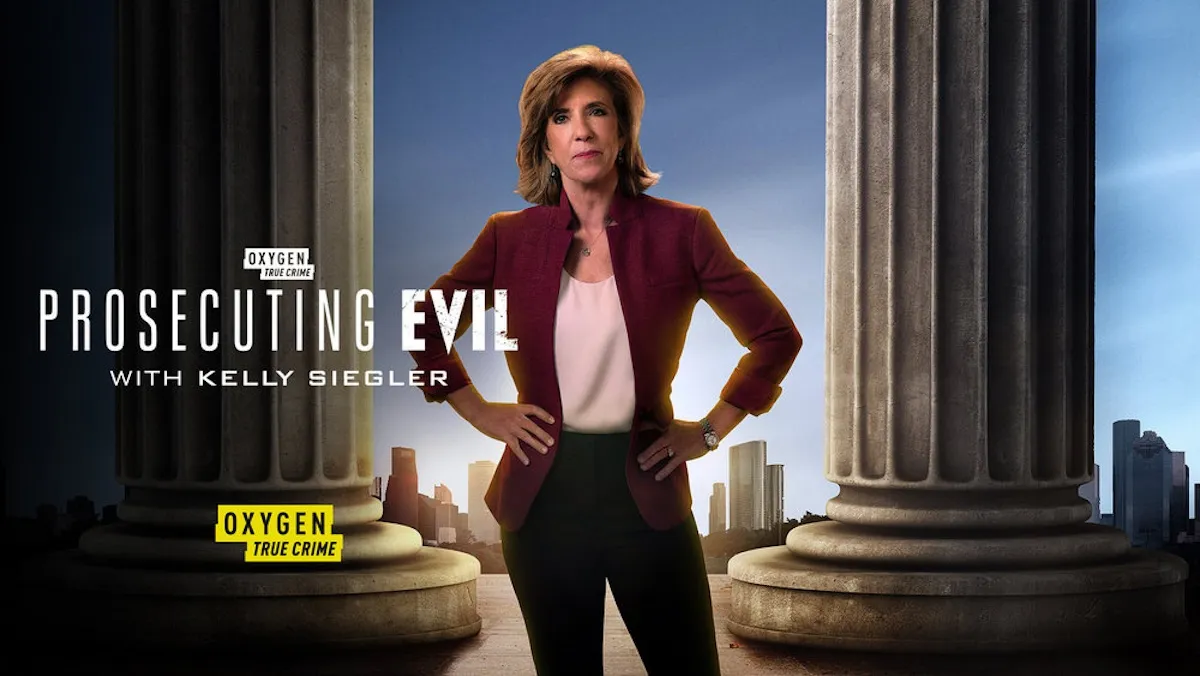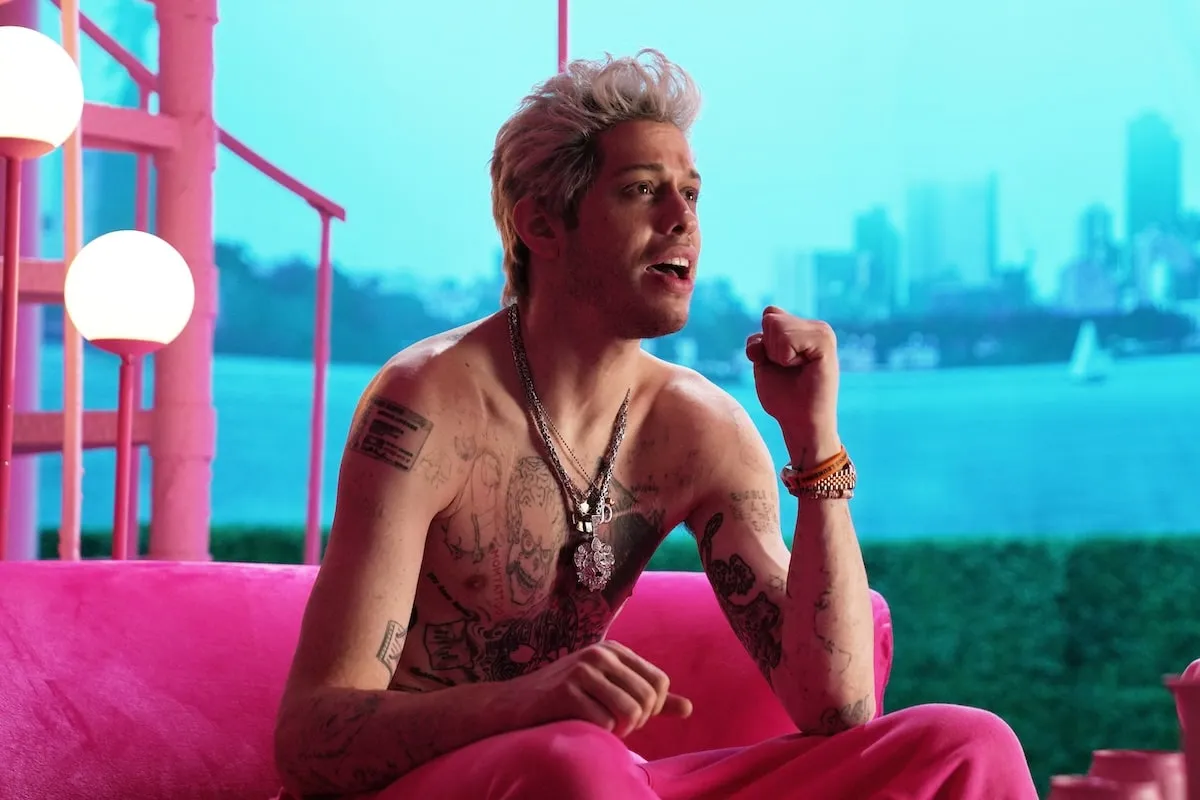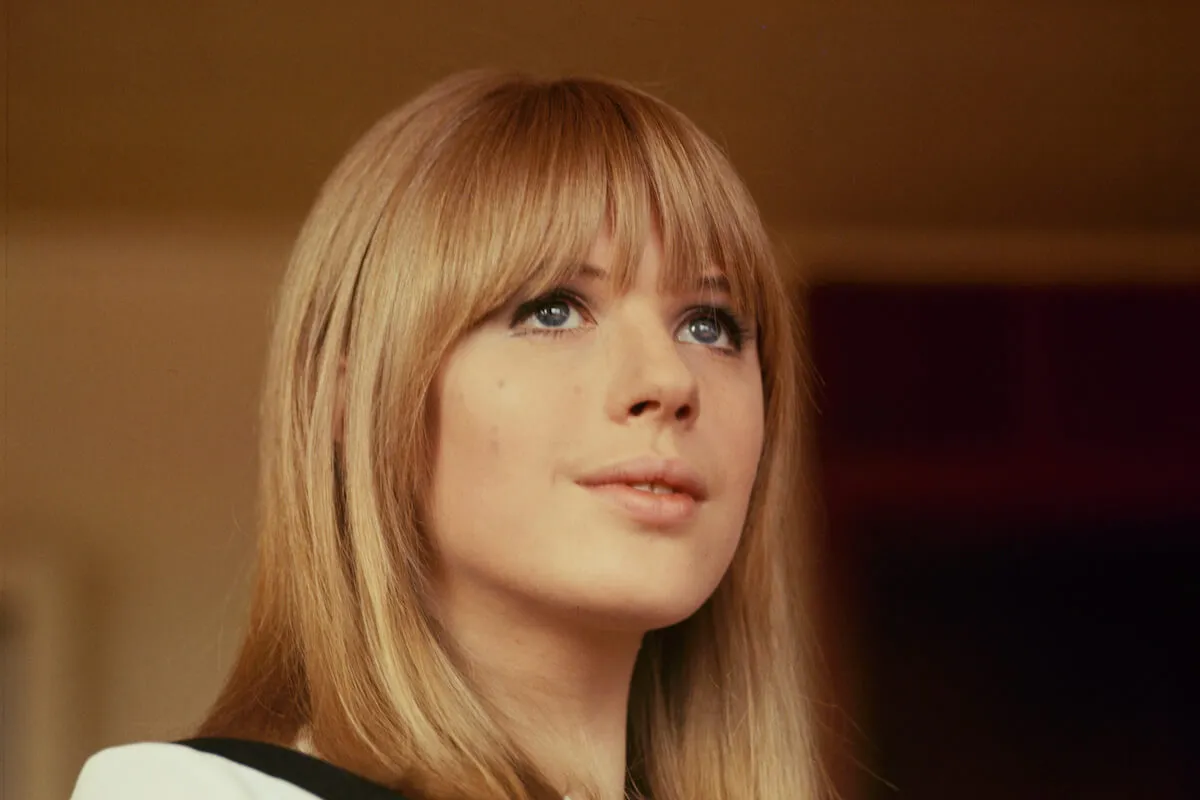Surprising Things We Learned from the New Documentary About Princess Margaret
Princess Margaret was one of the most celebrated – and controversial – members of the British royal family in recent history. During her life, the younger sister of Queen Elizabeth II pushed boundaries and challenged conventions in a way that few female royals had ever done before.
Margaret: The Rebel Princess, a new two-part documentary airing on PBS, explores the unconventional life of the woman who was at one point second in line to the British throne. Through rare footage and interviews with those who knew Margaret best – including her friends Lady Anne Glenconner, Lady Jane Rayne, and Jane Stevens – it offers a unique portrait of the Princess. We got a sneak peek at the first part of the film, and here are a few things we learned.
Margaret felt she was the “bad princess”
As a child, Margaret realized early on that she and her sister had different paths. While her sister had a well-defined role as the future queen, Margaret’s position was less clear. Though she had royal duties, she sometimes found them
“Princess Margaret said if there’s going to be a good princess, there has to be a bad one,” says biographer Craig Brown in the film. “And that was her role in life to be the bad one.”
The British press agreed to keep quiet about her relationship with Peter Townsend
When Margaret fell in love with Peter Townsend in her early 20s, it was almost as scandalous as when her uncle King Edward VIII abdicated the throne in order to marry American divorcee Wallis Simpson. After all, Townsend was 16 years older than the princess, divorced, and had two children. Plus, he had been an employee of her father King George VI.
The relationship between Townsend and Margaret was so sensitive that the British press agreed to keep it quiet, even while papers outside of the U.K were covering the story. “The rest of the world, America, Europe, knew all about Margaret and Townsend before it ever broke here,” says biographer Christopher Warwick.
Eventually, word of the romance got out. Once it did, the public largely sided with the princess, believing she should be allowed to marry who she wished. But that was not to be.
She may not have been heartbroken about breaking things off with Townsend
The Queen urged Margaret to reconsider her relationship with Townsend. He spent two years working in Brussels, and when he returned to England, Margaret announced that their relationship was over.
According to her friend Lady Jane Rayne, she may not have been as heartbroken by the break up as it appeared. After weighing her options, the princess realized everything she would have to give up if she married a commoner like Townsend.
“She would have lost part of her glamour,” says Rayne. “I think if she had married him she would have been a rather ordinary housewife. She just didn’t want that at all.”
She thought her second husband was gay when she first met him
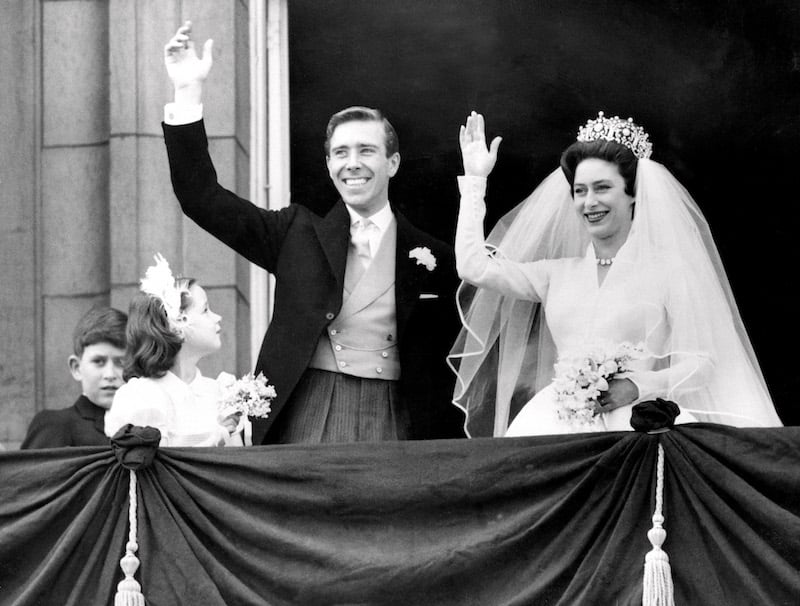
After her romance with Townsend ended, Margaret became involved with photographer Antony Armstrong-Jones. He was a “famous womanizer” according to Clive Irving, who worked with him at the Daily Express, but Margaret didn’t see him that way — at least not at first.
While the princess was “very amused” by Armstrong-Jones, “at first she thought he was gay and she sort of dismissed him as the idea of a boyfriend” says biographer Anne de Courcy. In reality, Armstrong-Jones was bisexual, according to Irving.
Some were disappointed when Margaret got engaged to Armstrong-Jones
Not wanting to be hounded by the press, Princess Margaret and Armstrong-Jones kept their relationship under wraps. So when they finally announced their engagement in 1960, it was a surprise – not just to the public, but also to those close to the royal family.
“It came as a huge shock to everybody from the royal household,” notes de Courcy, explaining that members of the Queen Mother’s staff expected the princess to marry a duke. But Queen Elizabeth and the Queen Mother were less concerned with pedigree. They simply wanted Margaret to be happy, according to de Courcy.
Armstrong-Jones’s friends advised him not to marry Margaret
While Armstrong-Jones was embraced by the royal family, his friends advised him against marrying the princess. “Lots of people said, it’s too much for you, you’re going into a very different environment that you’re not used to,” says de Courcy. “But he loved her. They loved each other.”
When he and Princess Margaret wed, Armstrong-Jones became the first non-aristocrat to marry a British royal in 400 years. His non-royal status caused most members of other royal families to skip the wedding. Queen Ingrid of Denmark was one of the few European royals who attended the ceremony. The snub disappointed the Queen Mother.
Armstrong-Jones didn’t give up his bachelor ways
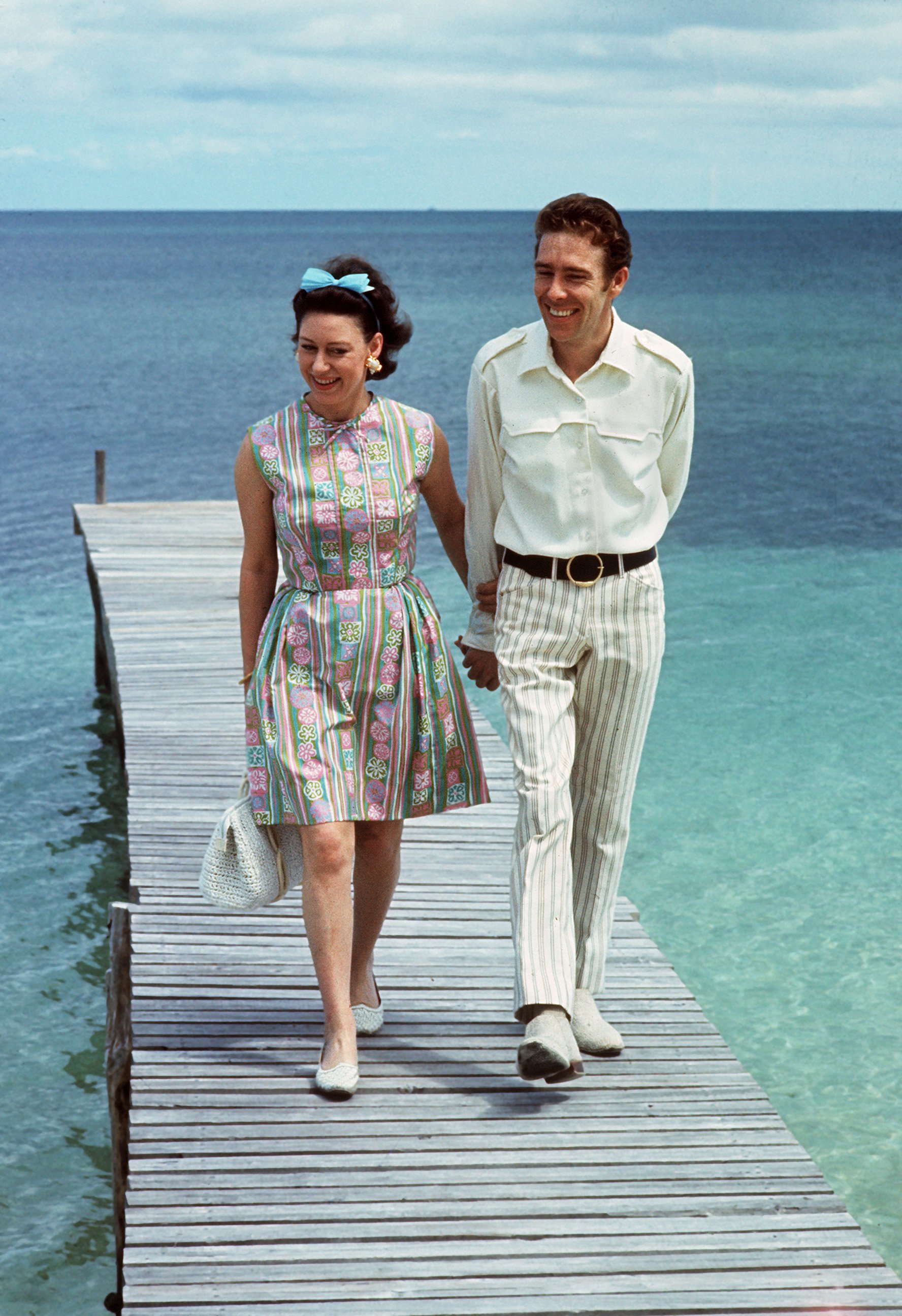
Even as he was getting ready to marry into the royal family, Armstrong-Jones didn’t give up his bachelor lifestyle. He continued to have affairs with other women and experiment with drugs. He even got the wife of his best friend pregnant. “I don’t think she knew quite how bohemian he was,” says de Courcy.
Margaret eventually adapted to her husband’s “swinging sixties” lifestyle. Says her friend Jane Stevens: “She just did a lot of things that the rest of the family didn’t do.” But the documentary ends on an ominous note, hinting at the scandalous future ahead for Margaret and her husband, which will be explored in the second half of the film.
Margaret: The Rebel Princess airs February 10 and 17 on PBS.
Check out The Cheat Sheet on Facebook!

